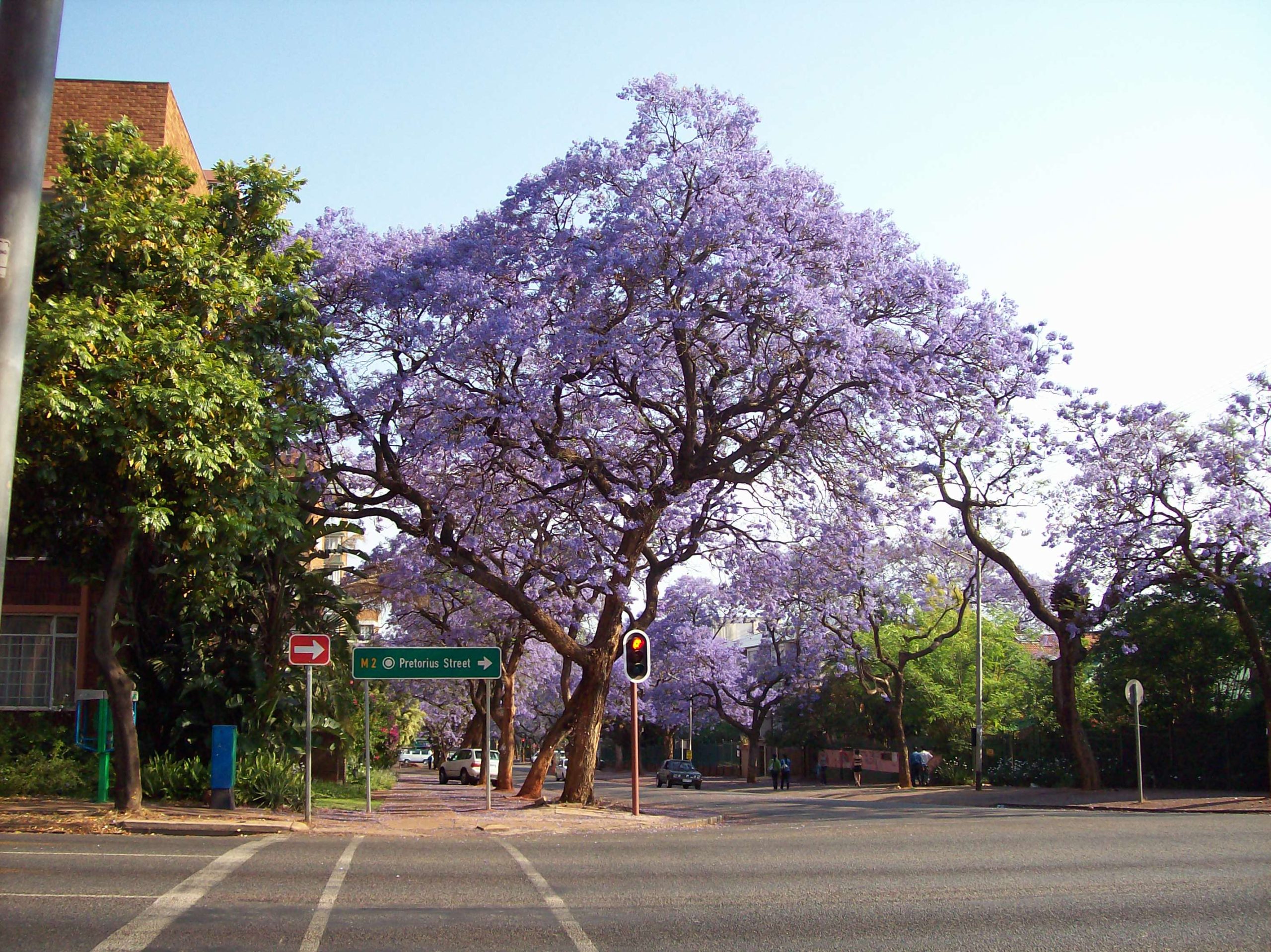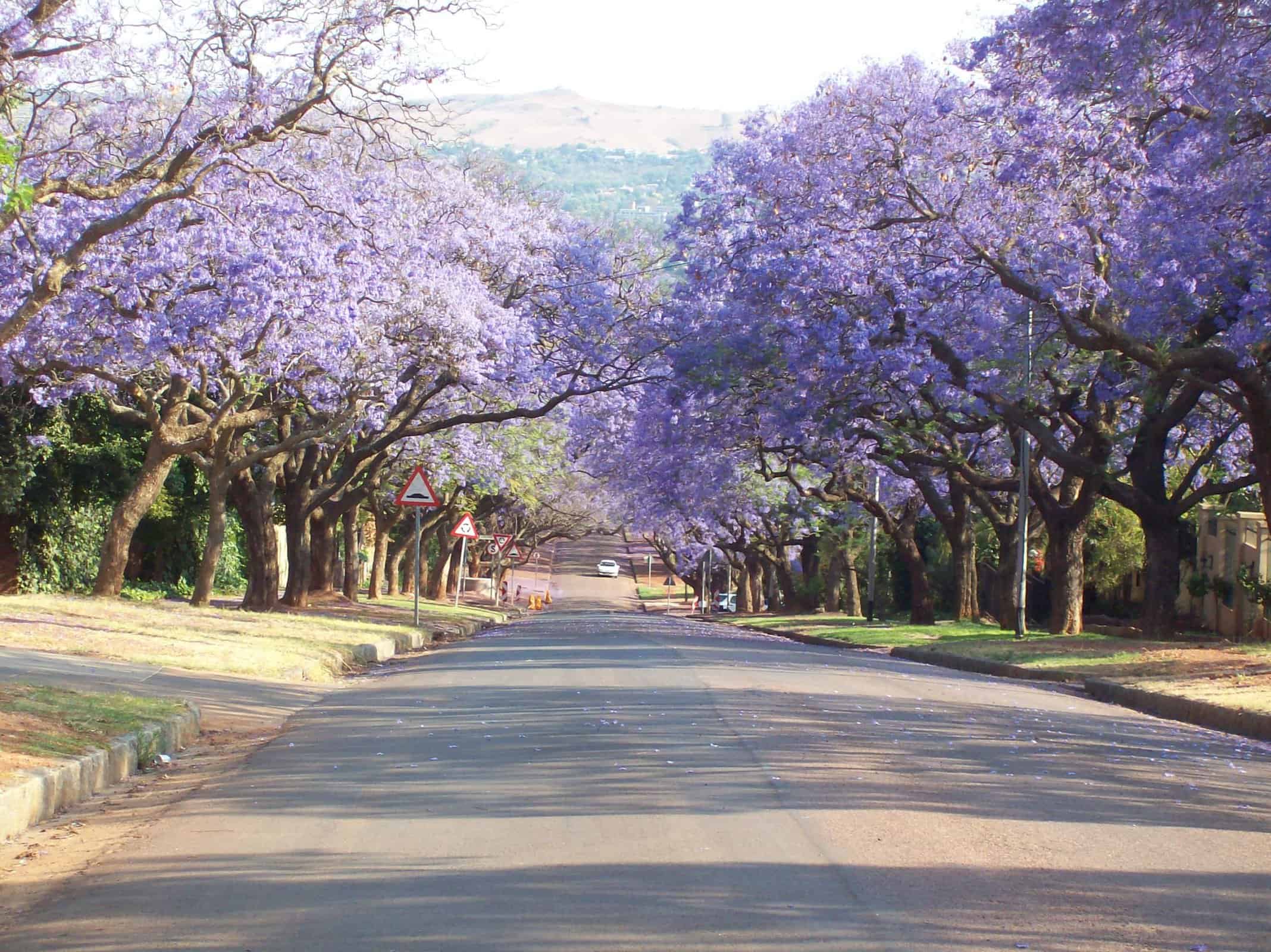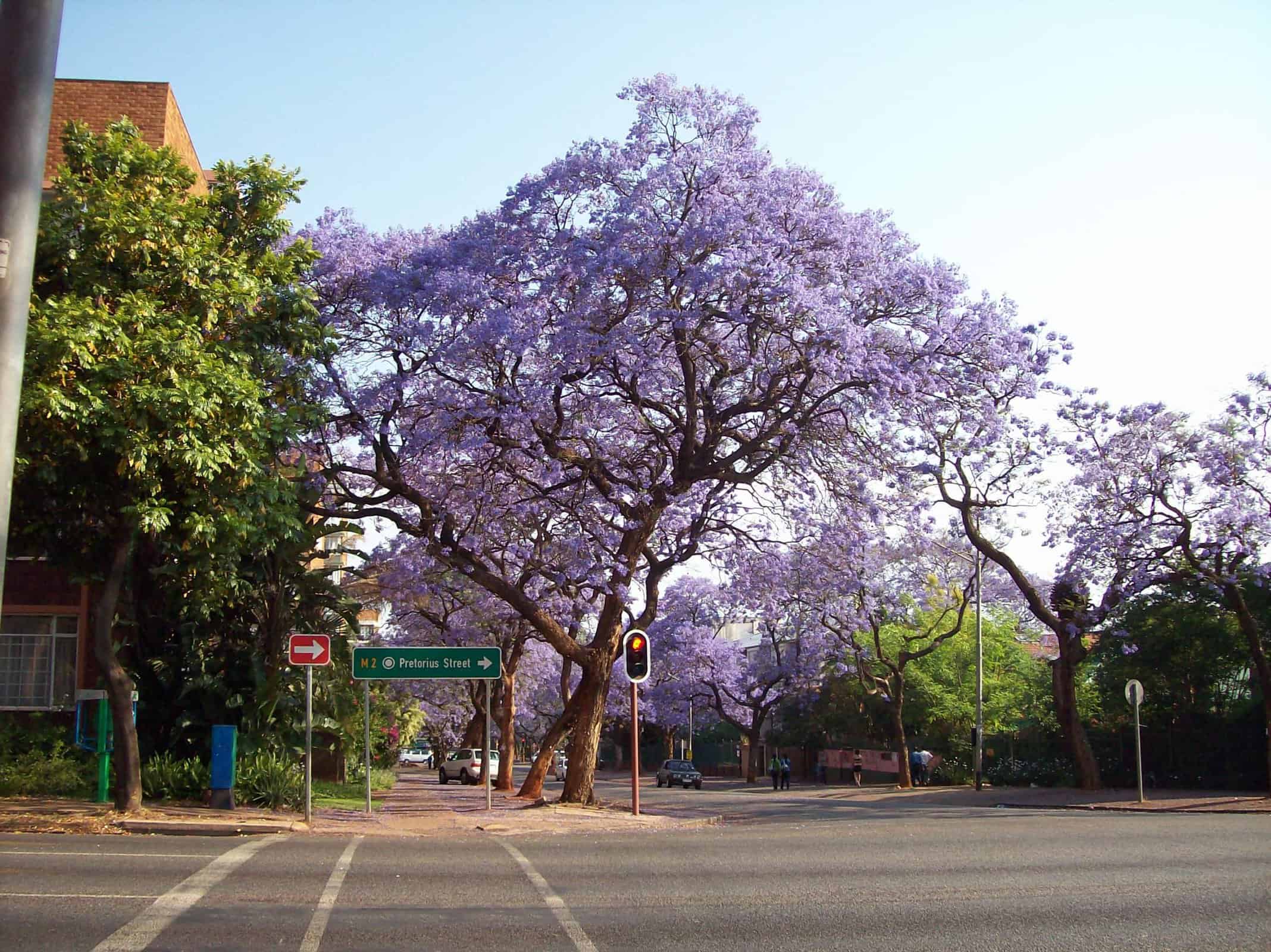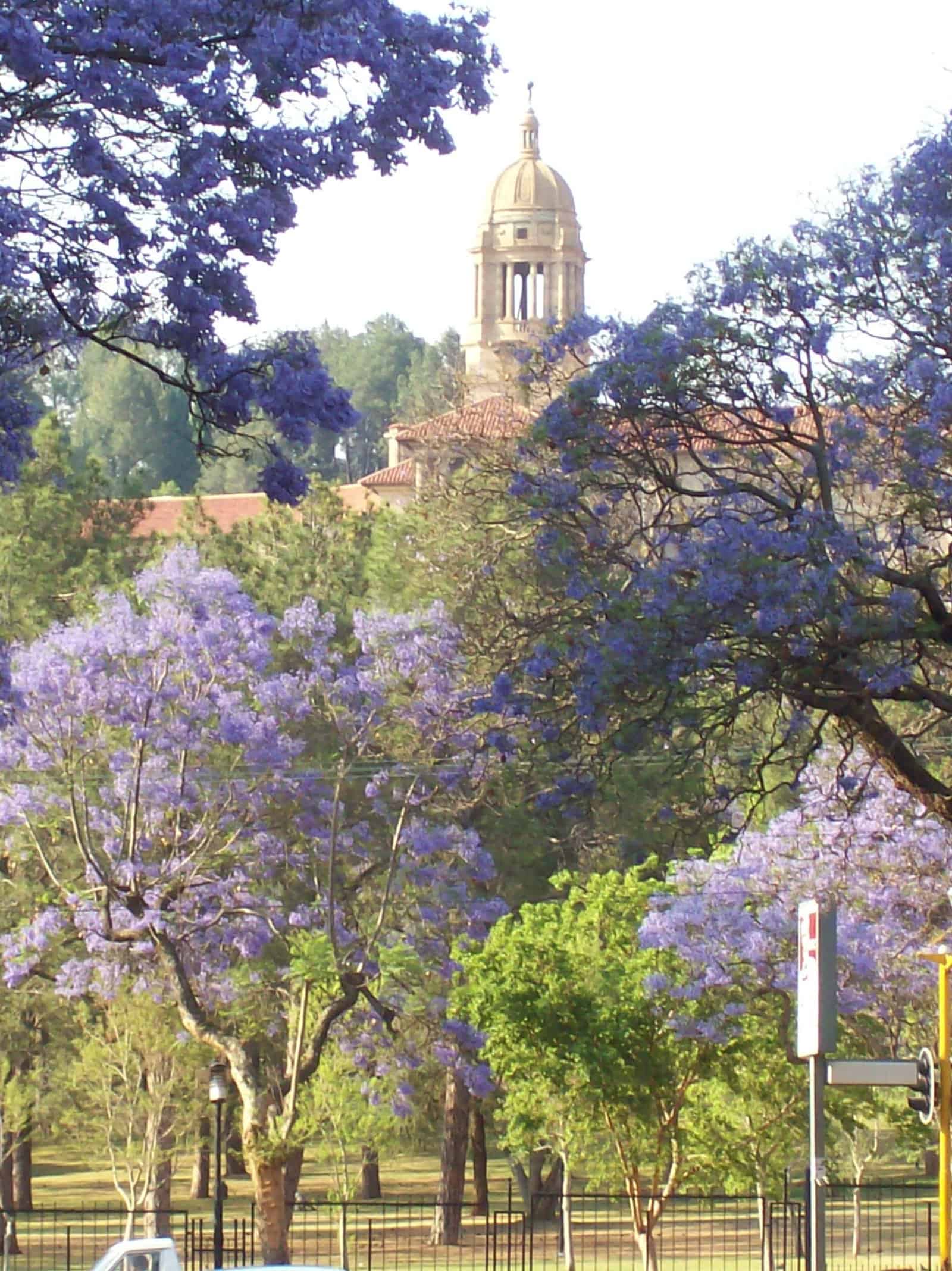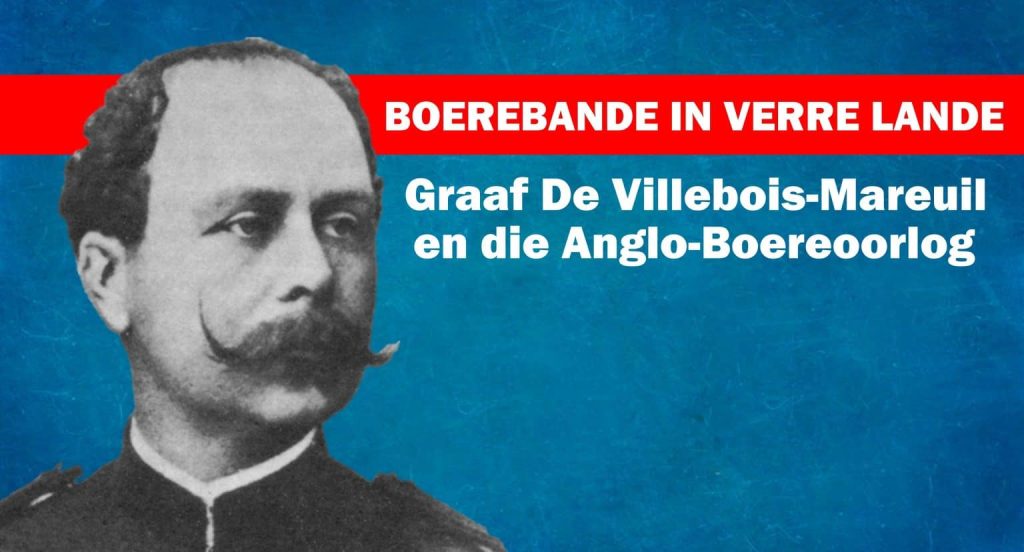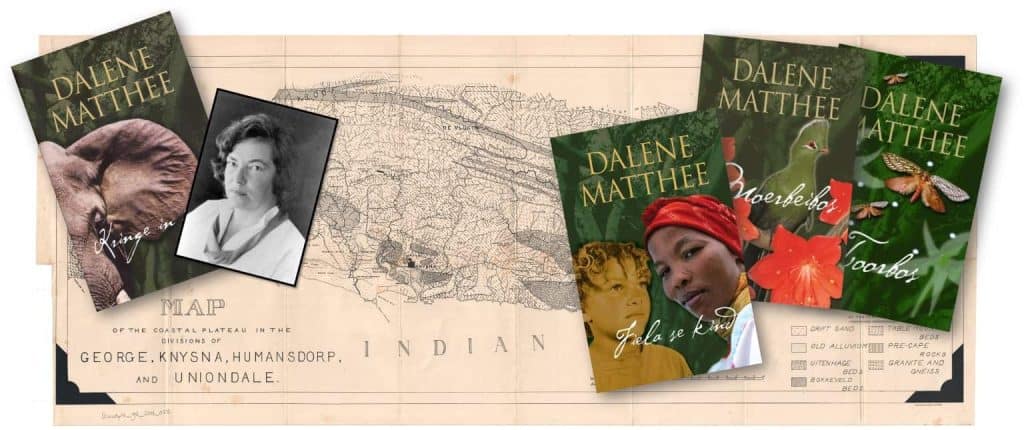Nature’s Corner – Another breathtaking jacaranda season has almost gone …
Who doesn’t get nostalgic when they hear Koos du Plessis sing the following words?
Pretoria, Jakarandastad, dis weer Oktobermaand …
[Pretoria, Jacaranda City, it’s October once more …]
Jacarandas (Jacaranda mimosifolia) is an alien species in South Africa, which has been declared a weed and invasive plant. Fortunately, this does not mean that Pretoria’s approximately 70 000 trees will be wiped out, but only that new plantings are prohibited. The existing trees are protected and to damage or remove one is a punishable offence.
With the construction of the city’s A Re Yeng bus lanes a few years ago, about 200 jacarandas were relocated from Lynnwood Road to George Storrar Drive. “Jacaranda trees are one of the city’s most important assets and must be protected,” the city council declared at the time. The trees have survived and still flower annually.
Jacarandas usually flower in October and by November the flowers begin to disappear when the leaves appear. This was also the case this year, even though the purple crowns of some trees are still visible.
The first two jacarandas were planted here in 1888 on Myrtle Grove, the property of J.D. Celliers. Today, Sunnyside Primary School is on this site and the two trees are still standing (and blooming!).
As to how the South American trees ended up in Pretoria, there are several theories, including that Celliers imported the trees himself from Rio de Janeiro, or received the trees as part of a shipment imported from Brazil by one Baron Von Ludwig , or that the trees were planted by a visiting horticulturist named Tempelmann. It is also alleged that the trees were bought for £10 each, which was quite a hefty sum at the time. If this is true, the trees must have impressed Celliers very much with their beauty.
In 1903, the state horticulturist, James Clarke, was commissioned to propagate trees for the state nursery in Groenkloof. He ordered seeds for this project from Australia. Apparently jacaranda seeds were also included in the package. He planted the seeds, and by 1906 donated the resulting jacaranda trees to the municipality of Pretoria. The municipality loved them and decided that many more should be planted. Clarke had to continue his work on a large scale and as a result was nicknamed “Jacaranda Jim”!
Before jacarandas became characteristic of the city, Pretoria was known as “the City of Roses”. Today, this name refers to Bloemfontein.
In 1962, white jacarandas were planted in Pretoria too, but to be honest, they don’t make as impressive a show as the purple variety.
Melbourne’s jacarandas are an equally beloved and familiar sight. Elsewhere in the world, the trees are also known as black poui, nupur or fern trees.
In Pretoria, there is a superstition among students that if a jacaranda flower falls on your head when you are on your way to an exam, you will pass.
In Queensland, Australia, students refer to “purple panic” because by the time the trees begin to flower, they are under great pressure to complete assignments.
In their natural habitat in Argentina, jacarandas are considered to be a vulnerable species.



